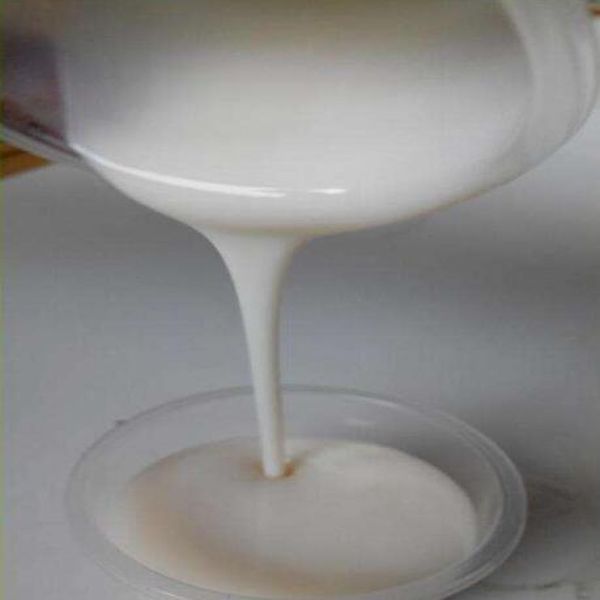Lambda-cyhalothrin is also called lambda-cyhalothrin and cyhalothrin. Its medicinal characteristics can inhibit the conduction of insect nerve axons, and have the effect of evading, knocking down and poisoning insects. It has a wide insecticidal spectrum, high activity and rapid efficacy. It is resistant to rain washing after spraying, but it is used for a long time. It is easy to develop resistance to it, and has a certain control effect on pests and harmful mites of piercing and sucking mouthparts. The mechanism of action is the same as that of fenvalerate and cyfluthrin. The difference is that it has a good inhibitory effect on mites. It can be used in the early stage of the occurrence of mites to inhibit the increase in the number of mites. When the mites have occurred in large numbers, the number cannot be controlled, so it can only be used for both insects and mites. , Can not be used for special acaricides.
Pharmaceutical use:
High-efficiency, broad-spectrum, quick-acting pyrethroid insecticide and acaricide, mainly contact and stomach poisoning, no systemic effect. It has a good effect on Lepidoptera, Coleoptera, Hemiptera and many other pests and other pests, as well as spider mites, rust mites, gall mites, tarsal mites, etc. It can treat both insects and mites concurrently, and can prevent cotton red Bollworm and cotton bollworm, cabbage caterpillar, pipe aphid, tea looper, tea caterpillar, tea orange gall mite, leaf gall mite, citrus leaf moth, orange aphid and citrus spider mites, rust mites, peach heartworm and pear heartworm, etc., It can also be used to control a variety of surface and public health pests. For example, to control the red bollworm and cotton bollworm, in the second and third generations, spray with 2.5% EC 1000-2000 times liquid, and also control red spiders, bridge worms, and cotton bugs; control Pieris rapae and vegetable aphids respectively Spray with a concentration of 6-10mg/L and 6.25-12.5mg/L; control citrus leaf miner with a concentration of 4.2-6.2mg/L.
Control object:
Used in wheat, corn, fruit trees, cotton, cruciferous vegetables, etc. to control malt, midge, armyworm, corn borer, beet armyworm, heartworm, leaf roller, leafworm, swallowtail butterfly, fruit sucker, cotton bollworm, red Instar insects, cabbage caterpillars, etc., used in grassland, grassland, dry field crops to control grass borer
Half-life: 4-12 weeks
Instructions:
1. Fruit tree 2000-3000 times spray;
2. Wheat aphids: 20ml/15kg water spray, sufficient water;
3. Corn borer: 15ml/15kg water spray, focusing on the heart of the corn;
4. Underground pests: 20ml/15kg water spray, sufficient water volume; not suitable for soil dryness;
5. Rice borer: 30-40ml/15kg of water, apply in the early or young stage of pest damage.
6. Pests such as thrips and whiteflies need to be mixed with Ruidefeng or Gemeng.
Prevention method:
1. Cutworms, spray use, require sufficient water;
2. Grubs and golden needle insects: Seed dressing can be the main prevention. When pests occur, spray and irrigate roots can be used, but the water volume per mu is not less than 45 kg of water;
3. Contains special attracting ingredients, which is more effective in preventing cutworms and can achieve the effect of dead insects on the ground;
4. Due to the large amount of use, such products are safer and more environmentally friendly than organophosphorus;
5. For the prevention and control of jumping beetle larvae, root irrigation at the seedling stage is required; due to factors such as duration and safety, it is recommended that vegetable farms replace the original organic phosphorus (phoxim, chlorpyrifos) and other agents.
Post time: Aug-06-2020
